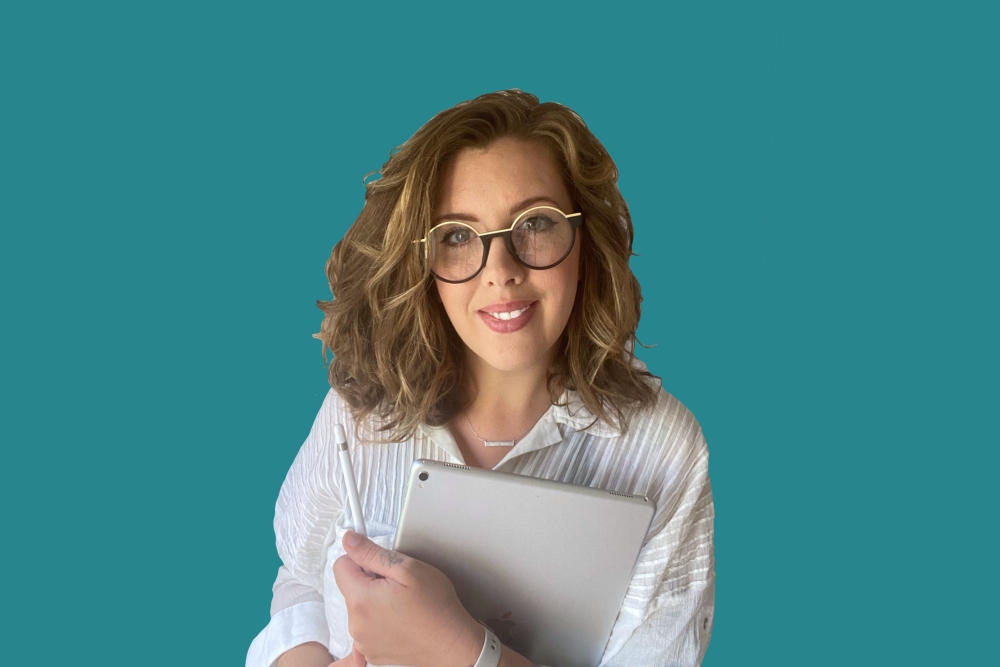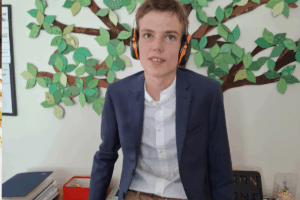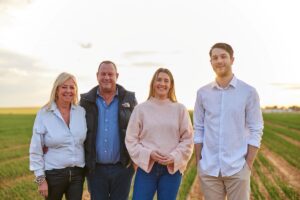WORDS: Nell Harris, Neuroinclusive Advocate and ADHD Coach
It is estimated that 15% – 21% of the world’s population is neurodivergent, with approximately 5% of the world having ADHD.
The way I describe my ADHD is that it has my brain receiving, interpreting, processing, and exporting information in a different way to the majority of the population causing me to have unique traits, strengths, hurdles, and challenges.
Hi, I’m Nell and I have ADHD…
Although I wasn’t diagnosed until I was an adult, ADHD has been showing up in my life since before I can remember.
Easily inspired, hundreds of ideas and aspirations simultaneously, constant chaos, always running late or forgetting something (usually both), disorganisation (both mental and physical), easily overwhelmed, sensitive, hyper focused, and my belongings commonly accidentally damaged or broken.
School reports saying ‘Nell is smart and gifted, but easily distracted.’ ‘Would do better if she applied herself more and managed her time better.’ ‘Off with the fairies’. I was always the ‘fairy-brained, quirky, art girl’.
So, how does ADHD show up for me?
I have inhibited executive functioning
Growing up I had delayed executive functioning skills (but was not aware at the time) and as an adult my executive functioning is still inhibited.
Executive functioning skills help with daily functioning like emotional regulation, impulse control, organisation, self monitoring (recognising when we are overwhelmed, hungry, thirsty etc.), flexible thinking, working memory, planning and prioritising, and task initiation.
All these skills that we use daily are at times hard, often exhausting, and use a lot of my conscious effort.
I am highly creative
ADHD has a common association with creativity. A lot of people think creativity = artist and while I am that living cliche, creativity isn’t necessarily just ‘being an artist’. My greatest creative trait I pride myself on is my lateral thinking, seeing things in a new light, and offering a different perspective; that is the creativity commonly found with ADHD, and how I export that is through my art.
I feel big feelings, deeply
I’ve always been called ‘too sensitive’ growing up. Which did not stop me being sensitive, it only made me feel a deep shame for my feelings. As an adult I can finally say with pride that I am very sensitive and I feel all my feelings in a big way. I am compassionate and highly empathetic (common in ADHD) which are two great traits to have.
Rejection Sensitive Dysphoria
Unfortunately, I also regularly experience a trait common among ADHDers called Rejection Sensitive Dysphoria (RSD). RSD is described as extreme emotional sensitivity and emotional pain to being criticised/rejected. It can also arise on PERCEIVED rejection; meaning that even the thought or assumption of rejection can trigger RSD.
As intense as these feelings come on and consume life, they can leave just as intensely leaving behind consciousness of the heightened emotional reaction and potentially shame/self depreciation.
Research (Dodson, 2016) shows that by the age of 10, children with ADHD (diagnosed or not) receive approximately 20 000 more negative comments by the time they turn 10 in comparison to their neurotypical peers.
That’s a minimum of 5 MORE negative comments a day than other kids.
Children and adults with ADHD commonly have lower self esteem, and when combined with the heightened sensitivity to feelings, the inner monologue can get pretty grim at times.
My hyperfocus can make me do amazing things
Hyperfocus can be incredibly powerful. When inspired, it’s all you can think about, it’s not a want to do something, but a need to do something until satiation (note I didn’t say completion). When that something is considered productive by society’s standards then it is celebrated.
The hard part is that hyperfocus cannot be controlled. There is no choice in when it comes on, how long it lasts for, and what the topic of focus is. It’s just all consuming, and although amazing things can be produced during hyperfocus periods, executive functioning is further suppressed and ignored, resulting in being eventually run down or ‘burnt out’.
Sensory affected
ADHDers are sensitive to a lot of environmental stimuli such as light, visuals, and noise.
Noise is a common one in ADHD, especially with how noisy it can be inside our heads with all the thoughts happening simultaneously. Add an overwhelming external noise in the mix and it’s a brain overload – it’s not just loud noise either, it can be too many ‘layers’ of noises too.
The way I describe this sensory overwhelm is that it’s like someone has unplugged the power cord from the back of my brain and all I am left with is TV static for thoughts.
On days that I’m dysregulated and my executive functioning tank is empty, my sensitivity is heightened.
Managing ADHD
Traits, symptoms, strengths, and challenges are unique and even then the way these present and affect the individual are highly related to the current environment surrounding them.
ADHD is a chronic (meaning long presenting) condition that affects multiple areas of the individual’s life. ADHD cannot be fixed nor can it be cured, but the effects that negatively impact the individual can be managed better through various and/or multiple supports.
The supports that best benefit each individual are just as unique as the traits themselves.
Medication, ADHD coaching, therapy, mindfulness, accommodations, and systems are some support options.
Creating the best relationship you can with yourself and ADHD is key.
Learn about ADHD and the way an ADHD brain works. Work out what the individual strengths, the hurdles, and the triggers are, then use that to create the best environment you can to flourish.
Nell Harris is a Neuroinclusive Advocate and author and illustrator of Neurodiversity without all the terminology series.

For more information:






